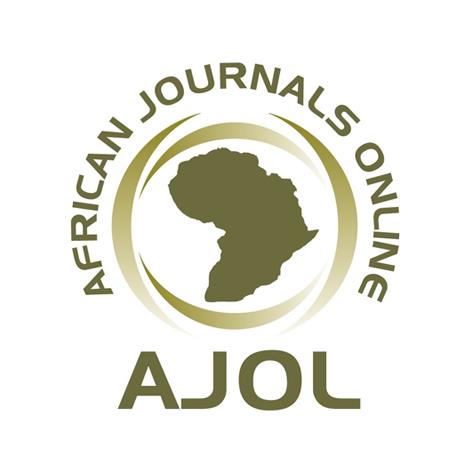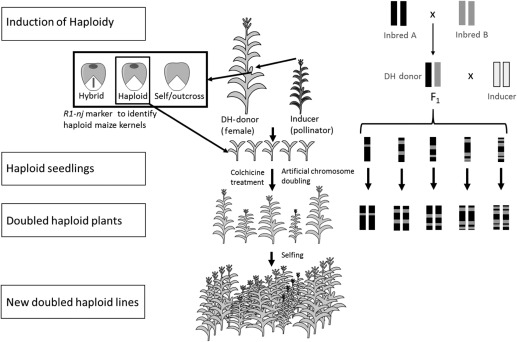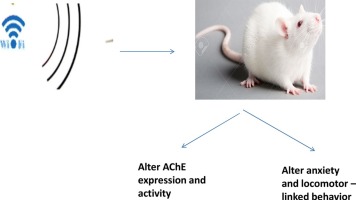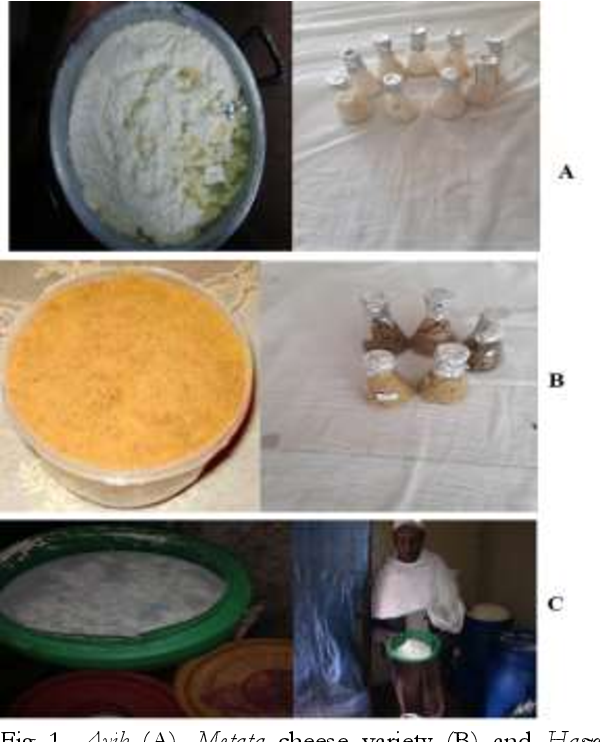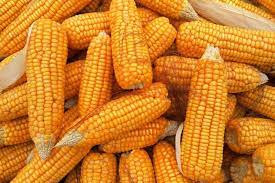Evaluating Cotton (Gossypium hirsutum L.) Genotypes for Fiber Quality Traits over Selected Agro-ecologies of Ethiopia
Downloads
Background: Cotton (Gossypium hirsutum L.) is one of the most important fiber crops in the world. However, the quality of cotton fiber is a major determinant of its productivity since it regulates spin ability of the fiber into yarn, which contributes to the performance of the textile. Thus, the development of varieties possessing enhanced cotton fiber quality is essential for sustaining long-term cotton production in any region and can build greater marketability and fetch higher prices.
Objective: The research was conducted to test the performance of cotton genotypes for fiber quality traits in different cotton growing agro-ecologies in Ethiopia.
Material and Methods: Eleven cotton genotypes and three check varieties were tested at Werer, Sille and Weyto districts in a randomized complete block design with three replications from 2011 to 2013 cropping seasons.
Results: The genotypes manifested significant (P ≤ 0.01) differences in fiber fineness, fiber length, and fiber strength. Desirable micronaire and fiber length were obtained from the genotypes Indam 206 F5#6-1-1 and Polaris F5#3-2-2 at all locations. However, the values of fiber length of these genotypes at Werer were 32.49 mm and 32.75 mm, respectively, which were found to be lower than that of the best performing check varieties, which was 36.54 mm.
Conclusion: It is concluded that genotypes Polaris F5#3-2-2 and Indam 206 F5#6-1-1 had superior mean performances in terms of fiber fineness, fiber length, and fiber strength. Therefore, these genotypes can be identified as potential candidates for to release for wider adaptation and commercial production.
Baloch, M.J., Khan, N.U., Rajput, M.A., Jatoi, W.A., Gul, S., Rind, I.H. and Veesar, N.F. 2014. Yield related morphological measures of short duration cotton genotypes. Journal of Plant Science, 24(4): 1198–1211.
Cotton Workers. 2022. Cotton Fiber Qualities and Evaluation. Accessed on 27 April 2022. https://www.cottonworks.com/en/topics/sourcing-manufacturing/fiber-science/cotton-fiber-qualities-and-evaluation.
Dhivya, R., Amalabalu, P., Pushpa, R. and Kavithamani, D. 2014. Variability, heritability and genetic advance in upland cotton (Gossypium hirsutum L.). African Journal of Plant Science, 8(1): 1–5.
Esmail, R.M. 2019. Genetic analysis of yield and its contributing traits in two intra-specific cotton crosses. Journal of Applied Science Research, 3(12): 2075–2080.
Hafiz, G.A., Abid, M., Qurban, A., Saif, M., Muhammad, W. and Nazar, H.K. 2014. Genetic variability for yield, its components and quality traits in upland cotton (Gossypium hirsutum L.). Natural Science, 12(11): 31–35.
Huseyin, B., Burcu, D., Tunay, K., Emre, I. and Huseyin, G. 2017. Comparison of mean yield components and fiber quality parameters of advanced bulk generations in f2, f3 and f4 interspecific and intraspecific cotton populations. Turkish Journal of Field Crops, 22(1): 14–23.
Koli, G.P., Patil, D.V. and Bagade, A.B. 2014. Comparative study for fiber quality parameters in cotton (Gossypium sp. L.). International Journal of Current Microbiology and Applied Sciences, 3(11): 628–632.
Nazir, I., Mahmood, H.Z. and khan, T.M. 2020. Genetic variations in upland cotton (Gossypium hirsutum L.) for yield and fiber quality traits. Journal of Horticultural Science and Biotechnology, 4(3): 83–89.
Nikhil, P.G., Nidagundi, J.M. and Anusha, H.A. 2018. Genetic variability and heritability studies for seed cotton yield, yield attributing and fibre quality traits in upland cotton (Gossypium hirsutum L.). Journal of Pharmacognosy and Phytochemistry, 7(5): 1639–1642.
Percival, E. and Kohel, R.J. 1990. Distribution collection and evaluation of Gossypium. Advances in Agronomy, 44: 225–228.
Premalatha, N., Mahalingam, L., Kumar, M. and Rajeswari, S. 2020. Genetic Variability Studies in Gossypium barbadense L. Genotypes for Seed Cotton Yield and its Yield Components. International Journal of Current Microbiology and Applied Sciences, 9(6): 1–12.
Shah, S.A.S., Akhtar, L.H. and Minhas, R. 2014. Genetic control of yield and yield related traits in selected upland cotton varieties of Pakistan. Journal of Agricultural Science, 9(3): 129–138.
Zhang, H.B., Li, Y., Wang, B. and Chee, P.W. 2008. Recent advances in cotton genomics. International Journal of Plant Genomics, https://doi.org/10.1155/2008/742304.
Copyright (c) 2023 Samuel Damtew, Donis Gurmessa, Merdasa Balcha, Arkebe /Egziabher G/Egziabher

This work is licensed under a Creative Commons Attribution-NoDerivatives 4.0 International License.
- I am authorized by my co-authors to enter into these arrangements.
- I warrant, on behalf of myself and my co-authors, that:
- the article is original, has not been formally published in any other peer-reviewed journal, is not under consideration by any other journal and does not infringe any existing copyright or any other third party rights;
- I am/we are the sole author(s) of the article and have full authority to enter into this agreement and in granting rights to Springer are not in breach of any other obligation;
- the article contains nothing that is unlawful, libellous, or which would, if published, constitute a breach of contract or of confidence or of commitment given to secrecy;
- I/we have taken due care to ensure the integrity of the article. To my/our - and currently accepted scientific - knowledge all statements contained in it purporting to be facts are true and any formula or instruction contained in the article will not, if followed accurately, cause any injury, illness or damage to the user.
- I, and all co-authors, agree that the article, if editorially accepted for publication, shall be licensed under the Creative Commons Attribution License 4.0. If the law requires that the article be published in the public domain, I/we will notify Springer at the time of submission, and in such cases the article shall be released under the Creative Commons 1.0 Public Domain Dedication waiver. For the avoidance of doubt it is stated that sections 1 and 2 of this license agreement shall apply and prevail regardless of whether the article is published under Creative Commons Attribution License 4.0 or the Creative Commons 1.0 Public Domain Dedication waiver.
- I, and all co-authors, agree that, if the article is editorially accepted for publication in Haramaya Journals, data included in the article shall be made available under the Creative Commons 1.0 Public Domain Dedication waiver, unless otherwise stated. For the avoidance of doubt it is stated that sections 1, 2, and 3 of this license agreement shall apply and prevail.





